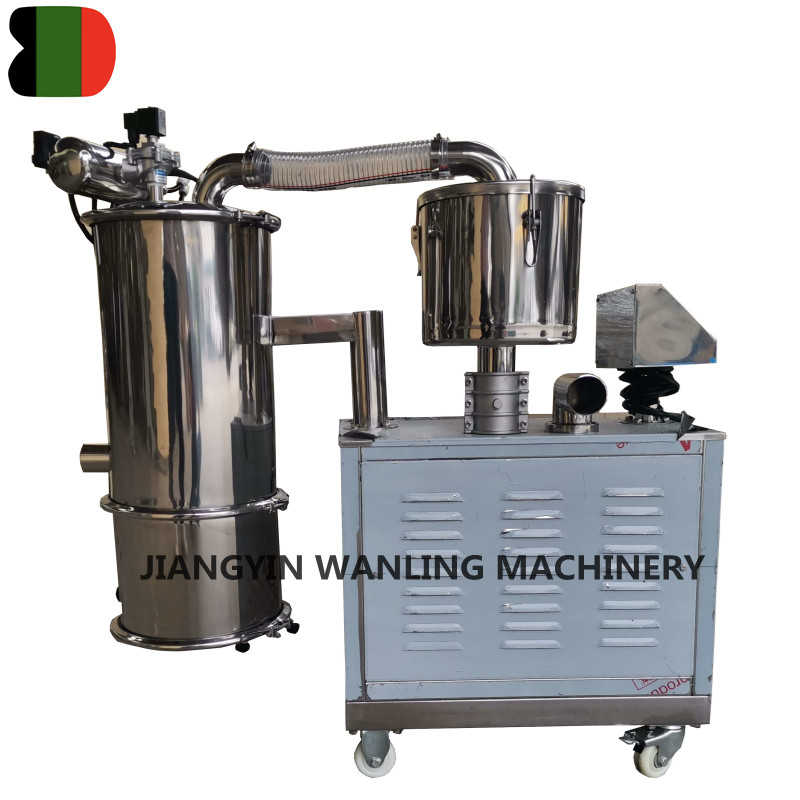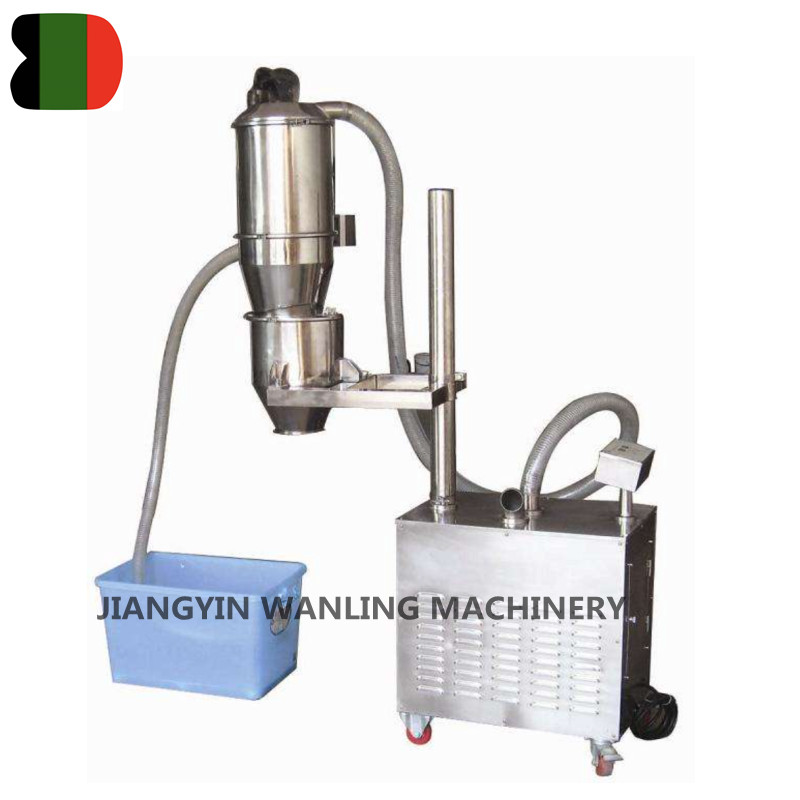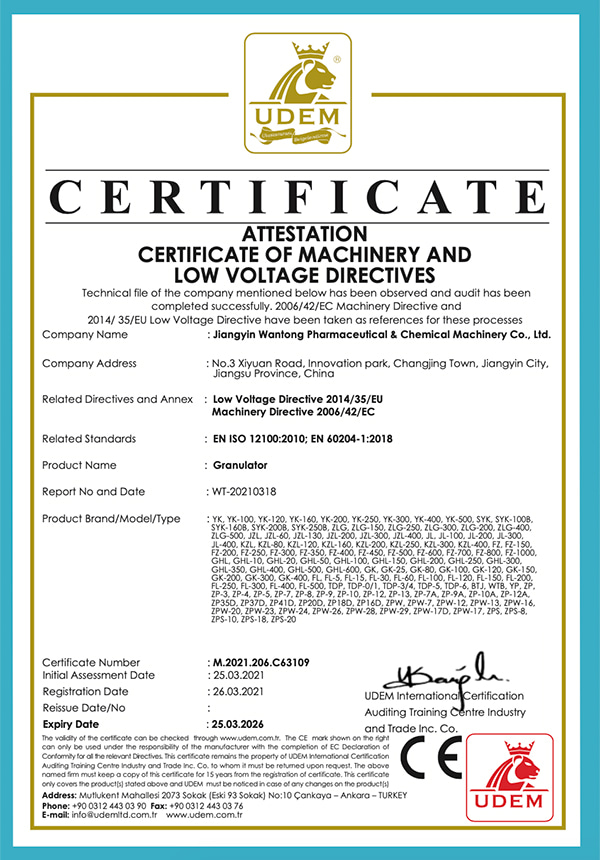Vacuum Conveyor Manufacturer
-

ZKS Fine Powder Vacuum Conveyor
The ZKS vacuum feeder uses a vacuum pump to drag the air, so that the inlet of the suction nozzle and the whole system are in a certain vacu... -

ZKS Stainless Steel Food Powder Vacuum Conveyor
The ZKS stainless steel food powder vacuum conveyor is a stainless steel vacuum conveyor designed for hygienic handling of food powders. -

ZKS stainless steel powder vacuum conveyor
The ZKS stainless steel vacuum conveyor is a stainless steel vacuum conveyor designed for hygienic handling of food powders.
The ZKS vacuum feeder uses a vacuum pump to drag the air, so that the inlet of the suction nozzle and the whole system are in a certain vacuum state. The powder particles are sucked into the nozzle along with the outside air to form an air stream, which passes through the suction pipe and reaches the hopper. The separated material enters into the receiving equipment. The feeding and discharging device are completed by continuously opening and closing the pneumatic three-way valve and it’s controlled by the control panel.

About Us
Honor
-
 Honor
Honor -
 CE
CE
News
-
Industry News 2025-10-22
1. What a Horizontal Ribbon Mixer Is and Where It’s Used A horizontal ribbon mixer is an industrial ...
View More -
Industry News 2025-10-16
A tray dryer is a batch drying equipment widely used in the pharmaceutical, food, and chemical indus...
View More -
How does a double cone blender compare to ribbon blenders or V-blenders for industrial applications?Industry News 2025-10-09
A double cone blender has distinct advantages and limitations when compared to ribbon blenders and V...
View More -
Industry News 2025-10-01
Electric-Powered Tray Dryers Advantages: Precise and Stable Temperature ControlElectric-powered tr...
View More
Industry Knowledge Expansion
What is the design philosophy behind using a vacuum conveyor for handling dry powder materials?
The design philosophy behind using a vacuum conveyor for handling dry powder materials includes several key considerations:
Gentle Material Handling: Vacuum conveyors are designed to handle materials gently to prevent damage or degradation, which is particularly important for delicate dry powders.
Containment and Dust Control: They provide a closed environment that contains the material, preventing dust from escaping into the air, which is beneficial for both the work environment and the product quality.
Accuracy and Precision: Vacuum conveyors allow for precise control over the material flow, which is crucial for applications that require accurate dosing or measurement of powders.
Minimal Contamination Risk: The closed system of a vacuum conveyor reduces the risk of contamination from the surrounding environment, ensuring the purity of the conveyed material.
Ease of Cleaning and Sanitization: Vacuum conveyors are often designed to be easily disassembled for cleaning, which is essential in industries with strict hygiene requirements.
Space Efficiency: They can move materials in various directions (horizontally, vertically, or at an incline), making them suitable for compact spaces or multi-level facilities.
Automation Compatibility: Vacuum conveyors can be integrated into automated systems, streamlining the production process and reducing the need for manual labor.
Versatility: While suitable for dry powders, vacuum conveyors can be adapted for other types of materials, offering flexibility in their use.
Safety: The enclosed design of vacuum conveyors enhances safety by reducing exposure to moving parts.
Energy Efficiency: Vacuum conveyors can be more energy-efficient for certain applications, especially where precise control of material flow is required.
Traceability: They can be part of a system that allows for the tracking of materials, which is important for quality assurance and regulatory compliance.
The design of a vacuum conveyor is centered around creating a system that is gentle on the product, easy to control, clean, and maintain, and that can be integrated into larger automated systems for efficiency and safety.



 Español
Español
